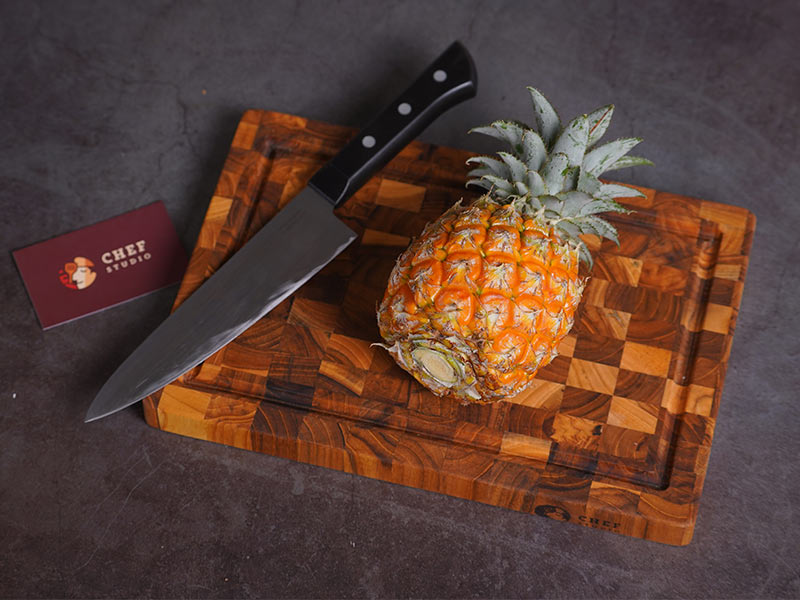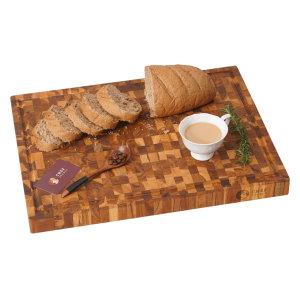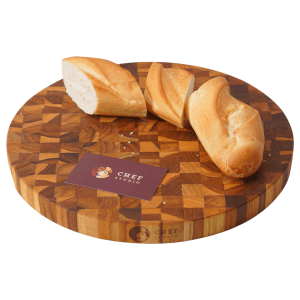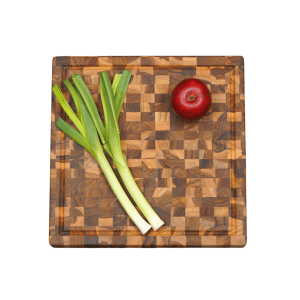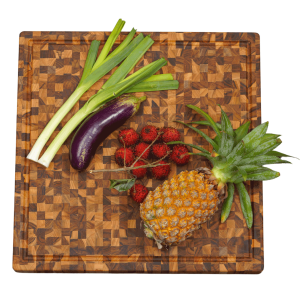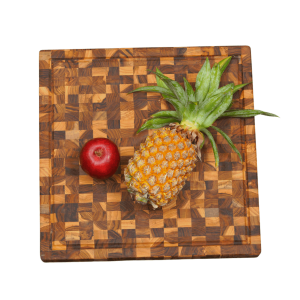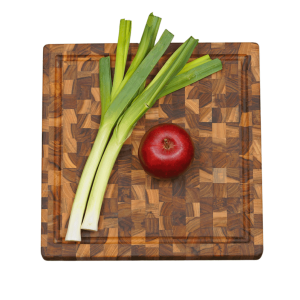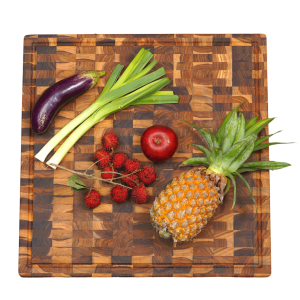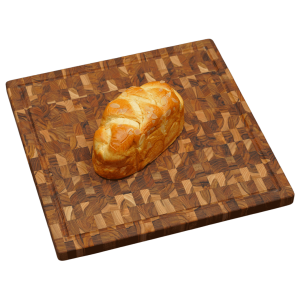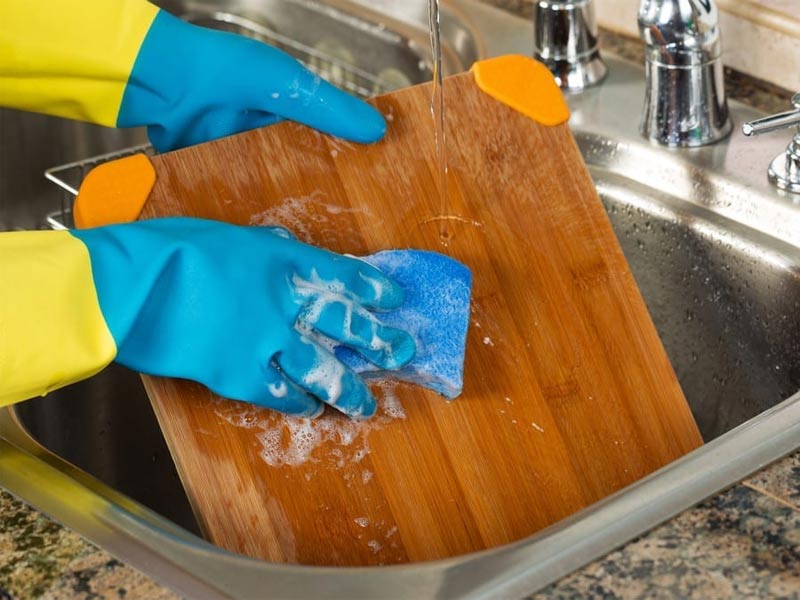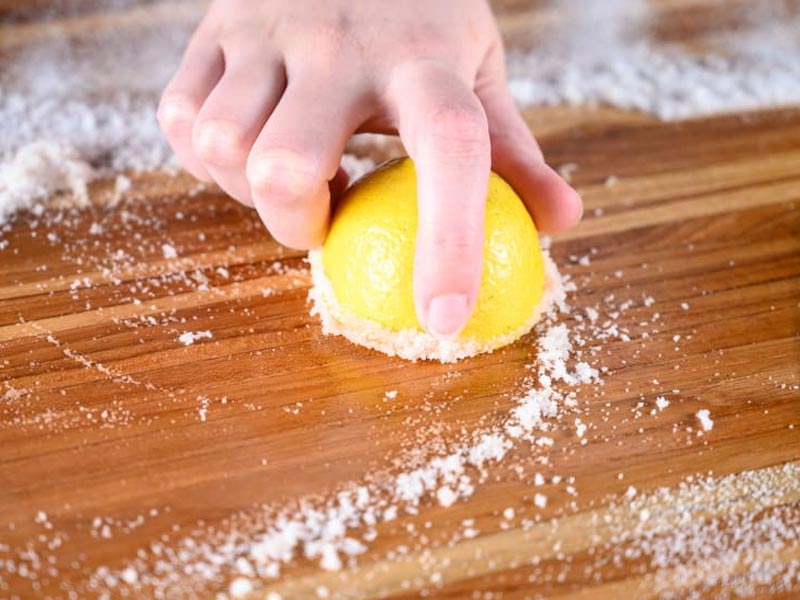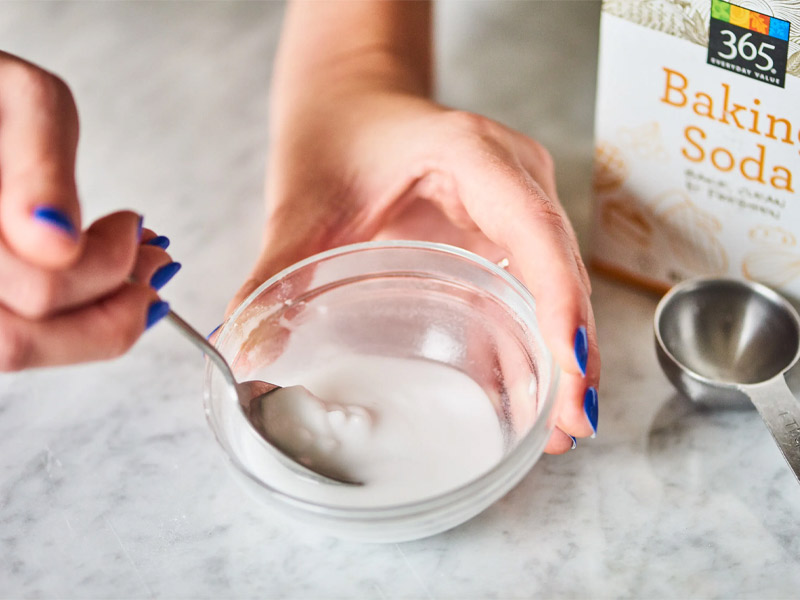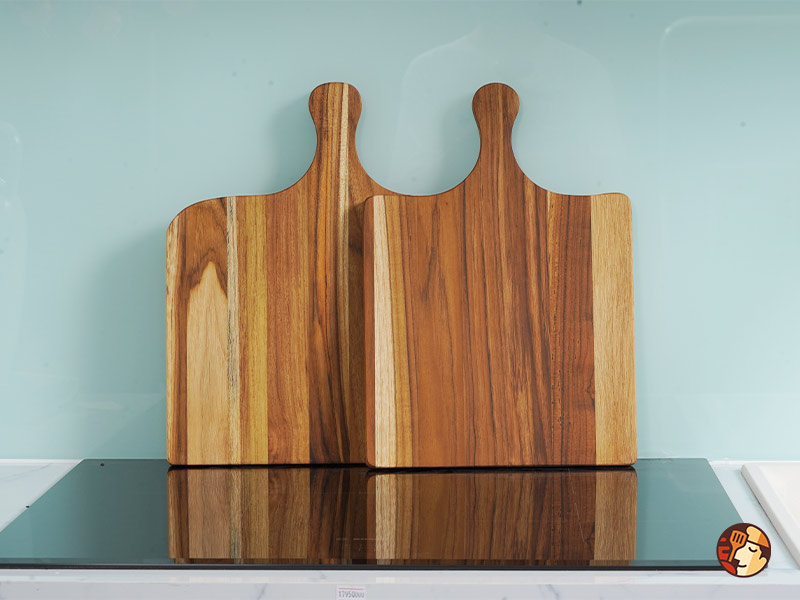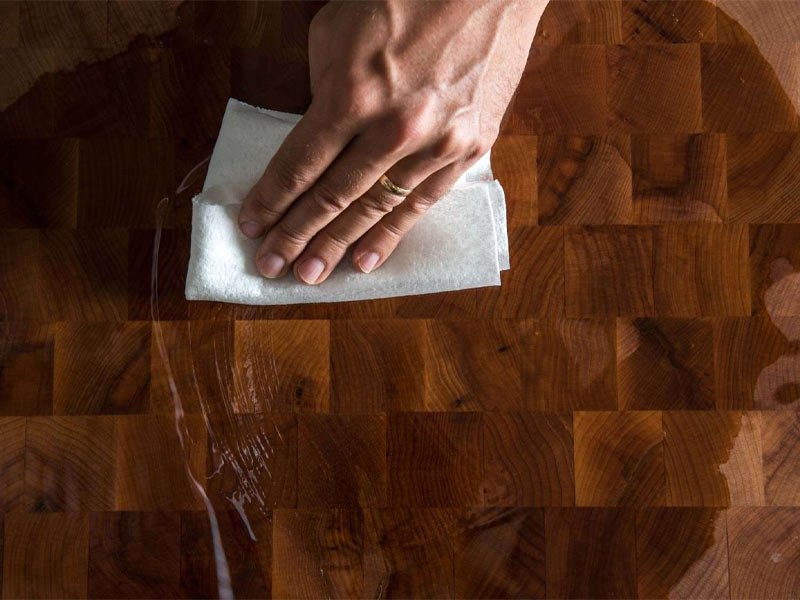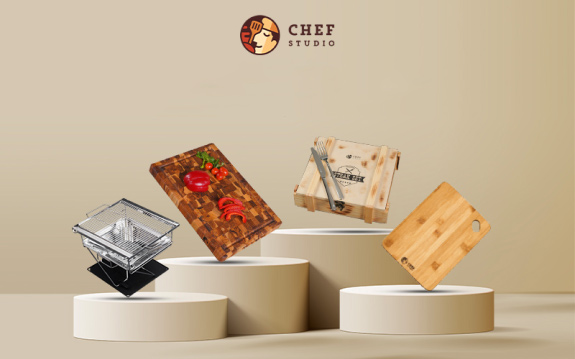How to care for Teak cutting board? 7 easy steps
Caring for your teak cutting board is essential to ensure its longevity and maintain its natural beauty. Teak wood is known for its durability and resistance to moisture, but proper care is still necessary to keep it in optimal condition. In this guide, Chef Studio will explore the best practices of how to care for Teak cutting board to preserve its quality and appearance for years to come.
Why should you care for Teak cutting board regularly?
Regular care for your teak cutting board is essential to maintain its quality and prolong its lifespan. Before learning how to care for Teak cutting board, here are several reasons why you should care for your teak cutting board regularly:
Preservation of Quality
Teak cutting boards are prized for their durability and resistance to moisture, but without proper care, they can become dry, cracked, or warped over time. Regular maintenance helps to preserve the quality of the wood, keeping it strong and sturdy for cutting tasks.
Hygiene
Cutting boards can harbor bacteria and food particles if not cleaned properly. Regular care, including cleaning and sanitizing, helps to ensure that your teak cutting board remains hygienic and safe to use for food preparation.
Prevention of Odors and Stains
Food residues and juices can penetrate the surface of the cutting board, leading to unpleasant odors and stains. Regular cleaning and maintenance help to prevent the buildup of residues, keeping your teak cutting board fresh and odor-free.
Enhanced Aesthetic Appeal
Teak cutting boards are known for their beautiful appearance and rich color. Regular care, such as oiling and polishing, helps to enhance the natural beauty of the wood, keeping it looking attractive and inviting in your kitchen.
Extended Lifespan
By caring for your teak cutting board regularly, you can extend its lifespan and ensure that it remains functional and reliable for many years. Proper maintenance helps to prevent damage and deterioration, allowing you to enjoy your cutting board for a long time to come.
Overall, regular care for Teak cutting board is essential for maintaining its quality, hygiene, appearance, and longevity. With simple and consistent maintenance practices, you can keep your teak cutting board in excellent condition and continue to enjoy its benefits for years.
Explore: Is Teak good for cutting boards?
How to care for Teak cutting board?
Teak cutting board care is essential to preserve its quality and ensure its longevity. Follow this comprehensive guide on how to care for Teak cutting boards to maintain them in top condition:
Step 1: Wash the cutting board
After each use, clean the Teak cutting board with warm water and mild dish soap to remove food particles and bacteria. Use a sponge to gently scrub the surface, avoiding harsh abrasives. Never put the board in the dishwasher since the heat and chemicals can destroy the wood.
Step 2: Rinse and Dry
Thoroughly rinse the board under warm water to remove any soap residue. Allow the board to air dry naturally, standing on its edge to ensure proper ventilation. Avoid leaving the board in a damp environment, as this can lead to warping or cracking.
Step 3: Disinfect the Board
One important step on how to care for Teak cutting board is to periodically disinfect the board, especially after cutting raw meat, using a mixture of lemon juice and kosher salt. Sprinkle salt over the board and rub the cut side of a lemon over the surface to sanitize it naturally.
Step 4: Rinse and Dry Again
After disinfecting, rinse the board under warm water and allow it to dry thoroughly.
Step 5: Deodorize
To remove strong odors, create a paste with baking soda and water. Apply the paste to the board, let it sit for a few minutes, then rinse off and dry the board.
Step 6: Re-Oiling
Replenish the moisture in the teak wood by applying food-grade mineral oil generously over the entire board. Let the board sit overnight to allow the oil to penetrate the wood.
Step 7: Remove Excess Oil
In the morning, wipe off any excess oil using a clean, dry cloth to prevent the board from becoming slippery or attracting dust.
By following these steps on how to care for Teak cutting board, you can maintain the quality and appearance of your teak cutting board, ensuring it remains a durable and hygienic kitchen tool for years to come.
Tips for maintaining Teak cutting board
Besides knowing how to care for Teak cutting board, properly maintaining is essential to prolong its life and keep it in optimal condition. Here are some valuable Teak cutting board maintenance tips to help you preserve the beauty and functionality of your board:
Regular Cleaning
Clean your teak cutting board after each use with warm water and mild dish soap. Use a soft sponge or cloth to gently scrub the surface and remove any food residue or stains. Avoid using harsh detergents or abrasive cleaners, which might harm the wood.
Avoid Soaking
Do not soak your teak cutting board in water or leave it submerged for extended periods. Excessive moisture can cause the wood to swell, warp, or crack. Instead, wash the board quickly and dry it thoroughly immediately afterward.
Dry Thoroughly
After cleaning Teak cutting board, always dry it completely before storing it. Use a clean, dry towel to remove excess moisture, and allow the board to air dry upright to ensure proper ventilation. Avoid drying the board in direct sunlight or near a heat source, as this can cause the wood to dry out and crack.
Re-Oiling
Replenish the natural oils in the teak wood by applying a thin layer of food-grade mineral oil or teak oil to the surface of the board regularly. This helps to prevent the wood from drying out, cracking, or absorbing moisture. Apply the oil with a soft cloth, and allow it to soak into the wood for several hours or overnight before wiping off any excess.
Here are some indicators that can signal it’s time to re-oil your wooden cutting board:
- Dull appearance: A dry and lifeless appearance indicates the wood needs rejuvenation. Oiling restores its lustrous finish and prevents drying.
- Rough texture: With regular use, the board’s surface may become rougher, signaling the need for a new coat of oil.
- Visible cracks or splits: Cracks or splits are serious signs requiring immediate attention, as they can warp and splinter the wood, affecting its usability and cleanliness.
- Water absorption: If the water soaks into the board instead of beading up, it indicates the protective oil layer has worn away. Re-oiling prevents liquids from penetrating the wood and potential issues like warping or bacterial growth.
- Food stains and odors: Retaining food stains and odors suggest the board needs re-oiling. A well-oiled board should be resistant to these difficulties.
- Weight changes: A lighter board may indicate the oil has dried up. Replenishing the oil will restore its weight and balance.
Keep Away from Heat and Sunlight
Avoid placing your teak cutting board near heat sources such as stoves, ovens, or dishwashers, as exposure to heat can cause the wood to dry out and crack. Similarly, prolonged exposure to direct sunlight can fade the natural color of the wood and damage its integrity.
Use Both Sides
To ensure even wear and tear, rotate and use both sides of your teak cutting board regularly. This Teak cutting board care tip helps distribute the workload evenly and extends the board’s lifespan.
Handle with Care
Avoid using sharp knives or cutting tools directly on the surface of your teak cutting board, as this can leave deep scratches or gouges in the wood. Instead, use a cutting mat or butcher block to protect the board and preserve its smooth surface.
By following these simple tips, you can maintain the beauty and functionality of your teak cutting board for years to come, ensuring that it remains a valuable and reliable tool in your kitchen arsenal.
In conclusion, caring for your teak cutting board is simple, requiring just a few easy steps. By following the tips on how to care for Teak cutting board that Chef Studio shared in this article, you can ensure that your teak cutting board remains in optimal condition for years to come. Regular cleaning, thorough drying, and periodic re-oiling are essential for preserving the natural beauty and integrity of the wood.

